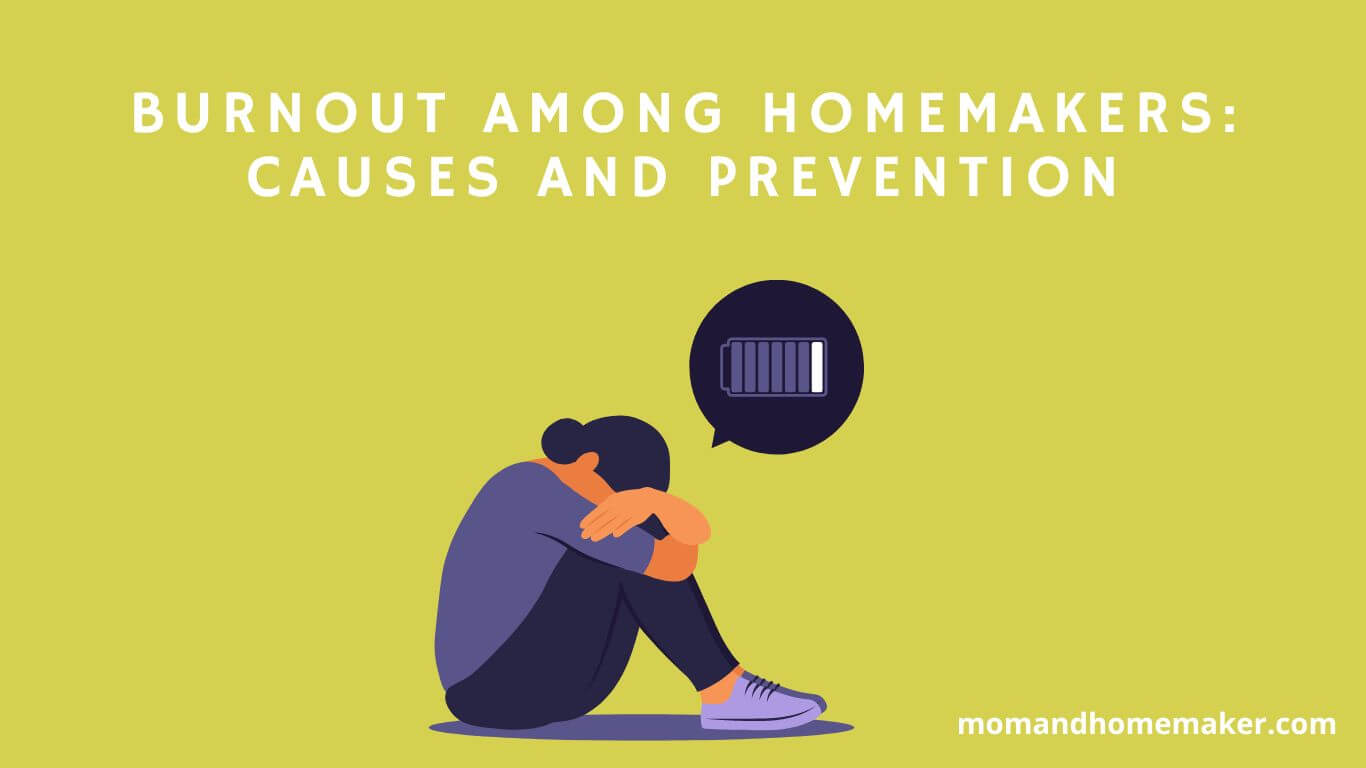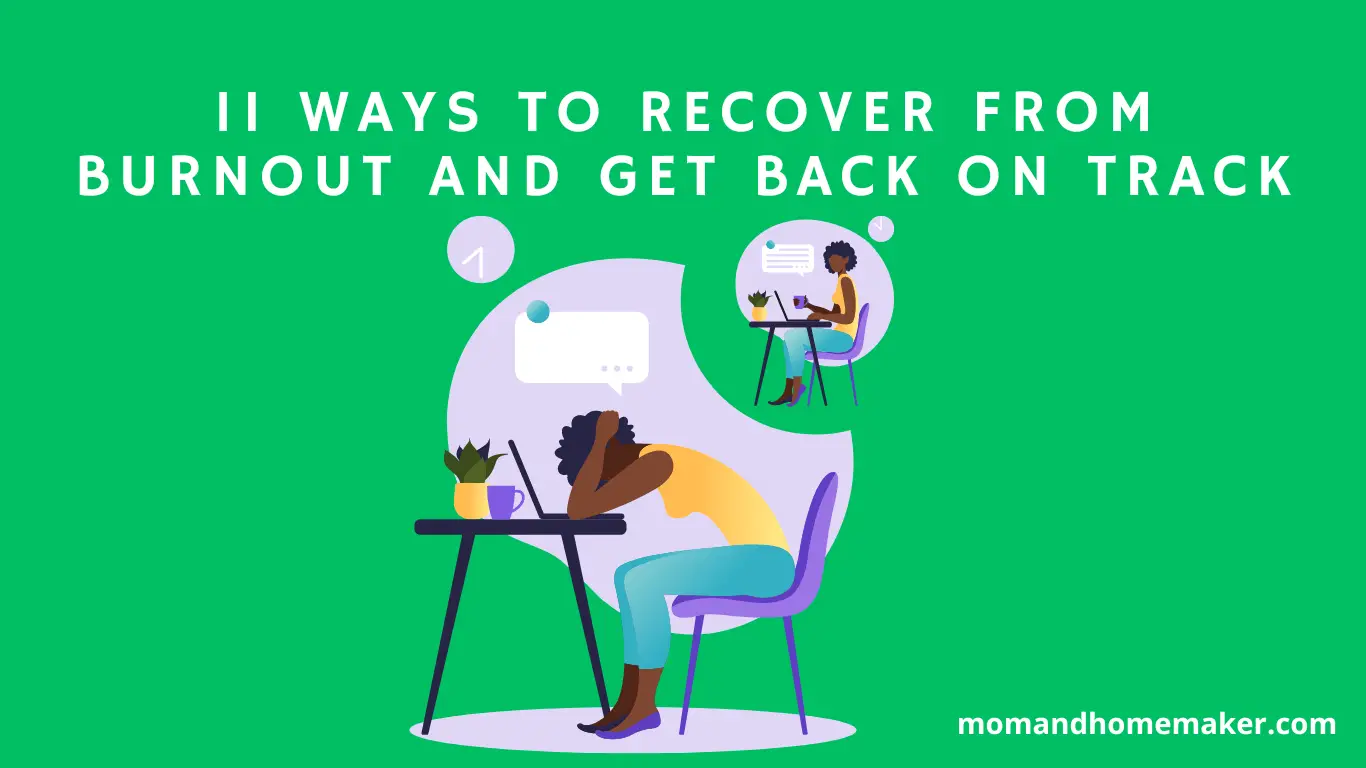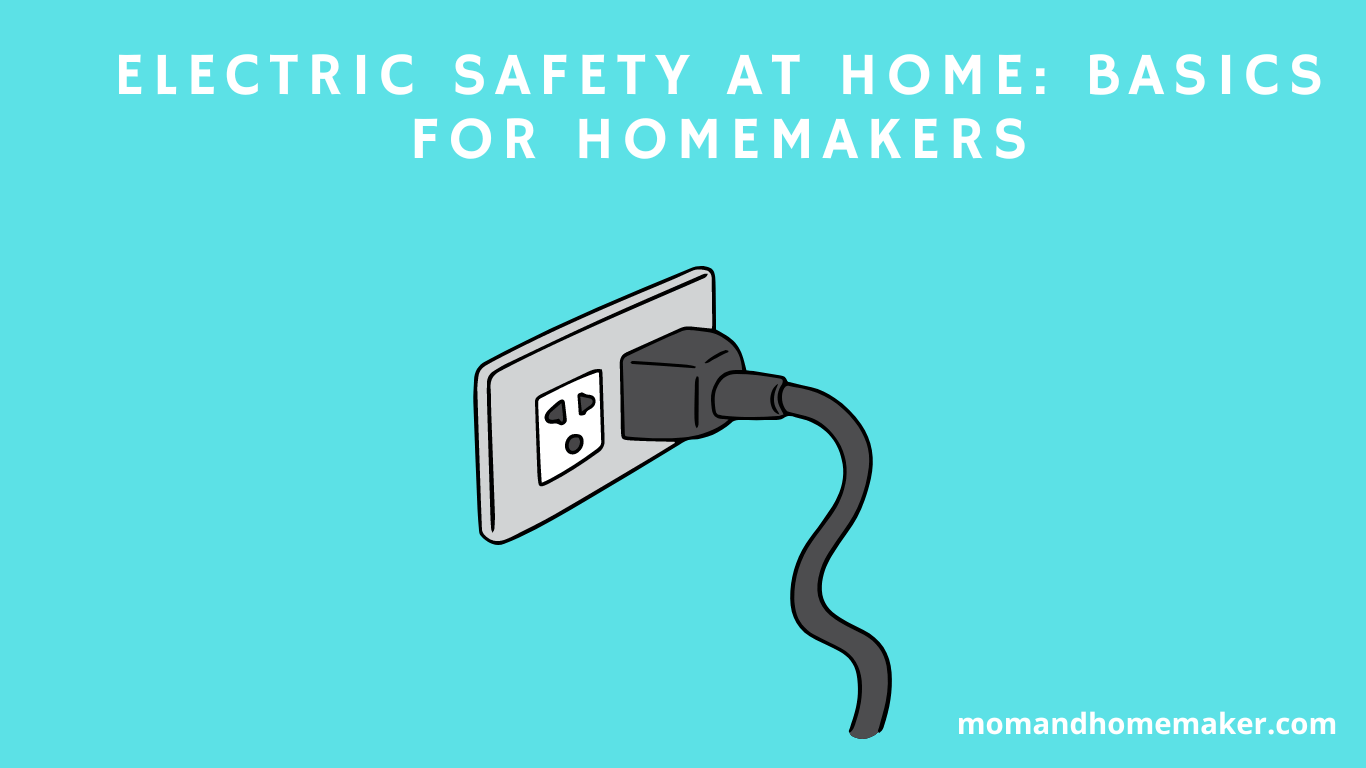In today’s fast-paced world, we often find ourselves overwhelmed with countless bills and documents that clutter our lives and create unnecessary stress. From utility bills to insurance policies, it can be a daunting task to keep track of all these important documents and manage them effectively. However, there is a solution to simplify your life and bid farewell to messy bills and documents.
By adopting digital solutions and embracing the concept of paperless living, you can streamline your financial management, reduce clutter, and free up valuable time and energy for things that truly matter. In this article, we will explore various strategies and tools to help you simplify your life, say goodbye to messy bills and documents, and embrace a more organized and stress-free lifestyle.
Table of Contents
Key Takeaways
- Going paperless saves time and reduces stress by eliminating the need to search through piles of paper for important documents.
- Simplifying your life creates a more efficient system and promotes a sense of calm and clarity.
- Digitizing bills and documents frees up physical space and creates a visually appealing environment.
- Using digital tools and automatic bill pay helps to stay organized and ensure no missed payments.
The Problem With Messy Bills and Documents

You’re tired of dealing with all those messy bills and documents, aren’t you? It’s frustrating to search through piles of paper, trying to find that one important document you need. But don’t worry, there are solutions to simplify your life and say goodbye to the mess.
Organizing your bills and documents has numerous benefits. It not only saves you time and reduces stress, but also allows you to easily access important information when you need it.
One of the most effective ways to declutter your paperwork is by going paperless. Many companies now offer paperless options, allowing you to receive bills and statements electronically. This not only reduces the amount of physical clutter but also helps the environment by saving trees. Additionally, going paperless means you can access your documents from anywhere, at any time, as long as you have an internet connection.
Another important aspect of organizing your bills and documents is finding the right document storage system. Whether it’s a filing cabinet, folders, or digital storage, having a designated place for each document ensures you can find it quickly and easily. Consider categorizing your documents by type, such as bills, receipts, or important documents like passports or insurance policies. This way, you’ll always know where to find what you need.
Benefits of Simplifying Your Life
Get ready to enjoy the advantages of streamlining your daily routine and reducing clutter. Simplifying your life can bring about numerous benefits that will make your life easier and more organized.
One of the main benefits is the elimination of messy bills and documents. By adopting a streamlined approach, you can say goodbye to piles of paper and hello to a more efficient way of managing your finances and important paperwork.
When you simplify your life, you can experience a sense of calm and clarity. With fewer bills and documents to sort through, you can easily find what you need when you need it, saving you time and reducing stress. Additionally, simplifying allows you to have a clearer picture of your financial situation, making it easier to budget and plan for the future.
Another benefit of simplifying your life is the reduction of physical clutter. By digitizing your bills and documents, you can eliminate the need for stacks of paper and file cabinets, freeing up valuable space in your home or office. This not only creates a more visually appealing environment but also promotes a sense of peace and tranquility.
Organizing Your Bills and Documents: Where to Start

Start by creating a designated space for your bills and documents to keep them organized and easily accessible. When it comes to getting started with organizing your bills and documents, having a designated space is key. This could be a filing cabinet, a drawer, or even a dedicated shelf. The important thing is to have a place where you can store all your important paperwork in one central location.
Once you have your designated space, it’s time to start decluttering and sorting through your bills and documents. One helpful tip is to sort them into categories, such as bills, receipts, and important documents. This will make it easier to find what you need when you need it.
As you go through each item, ask yourself if you really need to keep it. If it’s a bill that has already been paid, consider shredding it to prevent any potential identity theft. For important documents, such as tax returns or insurance policies, consider scanning them and storing them digitally to save space.
Investing in storage solutions to keep your organized bills and documents tidy. This could include file folders, document boxes, or even binders. The key is to find a system that works for you and allows you to easily access the information you need.
Creating a System for Managing Bills and Documents
Once you’ve designated a space for your bills and documents, it’s important to establish a system for managing them effectively. Creating a filing system will help you stay organized and ensure you never miss a payment again.
Here are some organizing tips to get you started:
- Sort your bills and documents into categories, such as utilities, insurance, and taxes. This will make it easier to find what you need when you need it.
- Consider going paperless by opting for electronic statements and bills. Not only will this reduce clutter, but it’s also more environmentally friendly.
- Utilize digital tools to help you stay on top of due dates and payments. Set up automatic bill pay or use reminder apps to ensure you never miss a deadline.
- Create a calendar specifically for managing your bills and mark due dates and payment amounts. This visual reminder will help you stay organized and avoid late fees.
Digital Vs. Physical: Which Is the Best Option
When deciding whether to go digital or stick with physical copies, consider the convenience and environmental impact of each option. Going digital offers many benefits, such as increased security and ease of access. However, physical copies also have their advantages, including a cost comparison and space-saving benefits. Let’s take a closer look at the pros and cons of each option in the table below:
| Digital | Physical | |
|---|---|---|
| Security | Digital files can be encrypted and protected with passwords, providing a higher level of security. | Physical copies can be easily lost, damaged, or stolen, compromising the security of your information. |
| Cost | Going digital eliminates the need for printing, mailing, and storage costs, saving you money in the long run. | Physical copies require paper, ink, and postage, which can add up over time. |
| Ease of Access | With digital files, you can easily access your documents from anywhere with an internet connection, making it convenient for on-the-go individuals. | Physical copies may be harder to locate and access, especially if they are filed away or misplaced. |
| Environmental Impact | Going digital reduces paper waste and the need for physical storage space, making it more environmentally friendly. | Physical copies contribute to deforestation and require additional storage space, impacting the environment negatively. |
| Space Saving Benefits | Digital files take up no physical space, allowing you to declutter your home or office. | Physical copies require storage space, such as filing cabinets or shelves, taking up valuable real estate. |
Choosing the Right Tools for Organizing Bills and Documents
To effectively manage your bills and documents, it’s important to choose the right tools for the organization. With the advancement of technology, there are numerous digital solutions and paperless options available to simplify your paperwork. By embracing these tools, you can streamline your processes and achieve efficient organization.
Here are four reasons why choosing the right tools for organizing your bills and documents can have a positive impact on your life:
- Saves time and effort: Digital solutions allow you to access your bills and documents with just a few clicks, eliminating the need for manual searching and filing.
- Reduces clutter: By going paperless, you can free up physical space and declutter your surroundings, creating a more organized and stress-free environment.
- Enhances security: Digital tools often offer encryption and password protection, ensuring that your sensitive information is kept safe and secure.
- Improves accessibility: With digital solutions, you can access your bills and documents from anywhere, anytime, using any device with an internet connection.
Tips for Going Paperless With Your Bills and Documents

Using digital tools and opting for paperless options can greatly simplify the management of your bills and documents. Going paperless not only helps you declutter your space but also contributes to a more sustainable environment by reducing paper waste. By embracing digital storage, you can easily access and organize your bills and documents from anywhere, anytime.
One of the key benefits of going paperless is the ease of document organization. With digital storage, you can create folders and subfolders to categorize your bills and documents. This allows for efficient searching and retrieval when needed. Additionally, you can use tags or labels to further organize your files, making it easier to find specific documents.
Another useful feature of digital tools is the ability to set bill reminders. You can schedule automatic reminders for upcoming due dates, ensuring that you never miss a payment. This not only helps you stay on top of your finances but also prevents late fees and penalties.
Going green by eliminating paper bills and documents also saves you time and money. You no longer need to spend time sorting through piles of paperwork or searching for misplaced bills. Additionally, you can save on printing and mailing costs, contributing to cost savings in the long run.
How to Create a Digital Filing System for Bills and Documents

By organizing your bills and documents into digital folders and subfolders, you can easily retrieve and access them whenever needed. Digital filing software and cloud storage options provide convenient solutions for managing your paperwork and reducing clutter. Here are some tips to help you create a digital filing system that will simplify your life:
- Utilize digital filing software: Take advantage of software specifically designed for organizing and managing digital documents. These tools offer features like file tagging, search functions, and document indexing, making it easier to find what you need quickly.
- Scan your documents: Convert your paper bills and documents into digital files by scanning them. This will allow you to store them electronically and reduce the need for physical storage space.
- Organize receipts by category: Create separate folders or subfolders for different types of receipts, such as groceries, utilities, or entertainment expenses. This will help you easily locate specific receipts when needed for budgeting or tax purposes.
- Follow file naming conventions: Establish a consistent file naming convention for your digital documents. Use descriptive names that include relevant details like the date, vendor, and type of document. This will make it easier to find specific files and maintain a well-organized digital filing system.
Creating a digital filing system for your bills and documents will not only save you time and space but also provide peace of mind knowing that your important paperwork is securely stored and easily accessible.
Keeping Track of Due Dates and Payments
Now that you’ve created a digital filing system for your bills and documents, it’s important to keep track of due dates and payments. This is where tracking software and bill reminders come in handy. By using these tools, you can stay on top of your bills and avoid late fees or missed payments.
One way to stay organized is by creating a payment schedule. You can do this using a spreadsheet or a financial management app. By inputting all your bills and their due dates, you can easily see what needs to be paid and when. This will help you plan your budget and avoid any surprises.
In addition to payment schedules, it’s important to have bill reminders set up. Many tracking software and financial apps offer this feature, where you can receive notifications a few days before a bill is due. This will ensure you never miss a payment and can stay on top of your financial responsibilities.
Overall, digital organization plays a crucial role in managing your bills and documents. With the help of tracking software, bill reminders, payment schedules, and document management, you can simplify your life and have peace of mind knowing that everything is in order.
Strategies for Managing and Paying Bills on Time
Creating a budget and setting up automatic payments can help you stay organized and ensure your bills are paid on time. Managing and paying bills on time can be a challenge, but with the right strategies and organization tips, you can simplify your life and say goodbye to messy bills and documents.
Here are some strategies to help you stay on top of your bills and make on-time payments:
- Set up automatic payments: By automating your bills, you can ensure they are paid on time without the hassle of remembering due dates. This will save you time and stress.
- Use digital tools: Consider using online banking and bill pay services to manage your bills. These tools provide convenience and allow you to track and pay your bills digitally, eliminating the need for physical paperwork.
- Create a bill calendar: Keep track of due dates by creating a bill calendar. This can be a physical calendar or a digital reminder system. Set reminders a few days before the due date to ensure you have enough time to make the payment.
- Choose the right tools: Explore different apps or software that can help you manage your bills and payments. Look for features like bill tracking, payment reminders, and budgeting tools to simplify the process.
Simplifying Tax Season: Organizing Your Tax Documents
To make tax season less overwhelming, start by organizing your tax documents in a designated folder or file. This simple step can save you time and stress when it comes time to file your taxes.
Begin by gathering all your receipts, including those for charitable donations, medical expenses, and business expenses, and sort them into categories. Consider using digital storage options, such as a cloud-based service or a dedicated app, to keep track of your receipts and other important documents. This not only reduces clutter but also ensures that your records are easily accessible and protected from loss or damage.
As you organize your tax documents, keep an eye out for potential tax deductions. By keeping thorough records, you can maximize your deductions and potentially reduce your tax liability. Remember, good record keeping is not only important for tax purposes but also for overall financial organization.
How to Reduce Clutter With Digital Copies of Bills and Documents
As you transition to digital copies of bills and documents, remember that this can help you declutter your physical space and easily access important information when needed. By implementing digital organization techniques, you can streamline your bill management and reduce the clutter in your life.
Consider the following benefits of going paperless:
- Convenience: With digital copies, you can access your bills and documents anytime, anywhere, without the need for physical storage or retrieval.
- Time-saving: No more digging through piles of paper to find what you need. Digital filing systems allow you to search for specific documents quickly and efficiently.
- Security: Digital copies can be stored securely with password protection, reducing the risk of lost or stolen information.
- Environmental impact: By reducing the need for paper, you can contribute to a greener planet and help conserve valuable resources.
However, it’s important to be aware of the drawbacks as well. Digital files can be vulnerable to cyber threats, so it’s crucial to implement robust security measures and backup protocols. Additionally, some people may find it challenging to adapt to new technology and may need assistance in setting up digital filing systems.
To make the most of your digital organization, consider these best practices: categorize your files into folders, regularly back up your data, and utilize cloud storage for added accessibility and security.
Transitioning to digital copies of bills and documents can significantly simplify your life and reduce clutter. By embracing paperless solutions and implementing effective digital filing systems, you can streamline your bill management, save time, and make a positive impact on the environment.
The Importance of Shredding and Disposing of Paper Documents
When it comes to the importance of shredding and disposing of paper documents, you can protect your sensitive information and prevent identity theft. In today’s digital age, it’s easy to overlook the potential risks associated with physical documents. However, privacy concerns and the need for secure disposal still remain.
Shredding your paper documents is a simple yet effective way to ensure that your personal information doesn’t fall into the wrong hands. Digital alternatives may seem convenient, but they also come with their own set of risks. Hackers and data breaches are becoming increasingly common, making it crucial to have a backup plan for your sensitive information.
By shredding your paper documents, you can minimize the chances of unauthorized access and maintain your privacy. When it comes to organizing your paper documents, it’s important to have a system in place. Designate a specific area for storing important papers and sort them into categories such as bills, financial records, and personal documents. Regularly review these documents and shred any that are outdated or no longer needed.
In addition to shredding, it’s important to dispose of the shredded paper properly. Consider recycling or composting the shredded material to reduce waste and contribute to a more sustainable environment.
Managing Receipts: Organizing and Storing Important Information
Now that you understand the importance of shredding and disposing of paper documents, let’s dive into managing receipts and organizing important information. With the advancement of technology, there are now efficient and convenient ways to handle receipts and other documents. Here are some organizing strategies and paperless solutions that can simplify your life:
- Digital Organization: Utilize apps or software that allow you to scan and store receipts digitally. This not only saves physical space but also makes it easier to search and access receipts when needed.
- Receipt Management: Categorize your receipts based on different criteria such as date, purpose, or expense category. This will help you quickly locate specific receipts when doing your taxes or tracking expenses.
- Document Storage: Use cloud storage services to securely store your important documents. This ensures that your receipts are safe from physical damage or loss due to unforeseen circumstances.
- Paperless Solutions: Opt for electronic receipts whenever possible. Many businesses now offer the option to email or text receipts, reducing the need for physical copies.
Going Paperless: Benefits for the Environment
Embrace the benefits of going paperless by reducing your carbon footprint and contributing to a healthier environment. By making the switch to digital storage and embracing eco-friendly solutions, you can significantly reduce paper waste and the environmental impact it has. Going paperless offers numerous advantages, including the ability to store and access documents easily, save physical space, and promote sustainability.
One of the most significant benefits of going paperless is the reduction in paper waste. Every year, millions of trees are cut down to produce paper, leading to deforestation and the destruction of natural habitats. By opting for digital storage, you can help preserve these valuable resources and protect the environment.
Digital storage also offers convenience and efficiency. With just a few clicks, you can access important documents, bills, and receipts from anywhere at any time. This eliminates the need for physical storage space, allows for easy organization, and reduces the risk of losing important information.
Another advantage of going paperless is promoting sustainability. By reducing the demand for paper, you are actively contributing to the conservation of natural resources and minimizing pollution associated with paper production and disposal. Additionally, digital storage eliminates the need for printing, reducing energy consumption and the release of harmful greenhouse gases.
Protecting Your Personal Information: Safety and Security Tips
Protecting your personal information is crucial in today’s digital age, so it’s important to take proactive steps to ensure your safety and security online. With the rise of identity theft and data breaches, it’s essential to stay vigilant and protect your sensitive information.
Here are some tips to help you safeguard your personal information:
- Use strong, unique passwords for all your online accounts. Avoid using common phrases or personal information that can be easily guessed.
- Be cautious with sharing personal information online. Only provide sensitive details on secure websites that have encryption protocols in place.
- Regularly update your devices and software to ensure you have the latest security patches and bug fixes.
- Utilize secure document storage solutions like encrypted cloud storage or password-protected external hard drives to safeguard your important files.
By following these tips, you can minimize the risk of identity theft and ensure your data privacy.
Simplifying Your Finances: Budgeting and Tracking Expenses
Take control of your finances by creating a budget and tracking your expenses. By implementing budgeting techniques and using expense tracking apps, you can simplify your financial management and achieve your saving goals.
Budgeting is a money management strategy that involves creating a plan for your income and expenses. It helps you allocate your money effectively and ensures that you are not overspending. Start by identifying your sources of income and listing your fixed expenses, such as rent, utilities, and loan payments. Then, allocate a specific amount for variable expenses like groceries, entertainment, and transportation.
Tracking your expenses is essential to stay on top of your financial situation. Use expense-tracking apps to record your spending and categorize it accordingly. This will give you a clear understanding of where your money is going and help you identify areas where you can cut back.
Implementing saving tips such as automating your savings, setting financial goals, and reducing unnecessary expenses. Finally, adopt financial organization methods like creating a filing system for your bills and important documents, and regularly reviewing your budget to make necessary adjustments.
With these strategies in place, you can simplify your finances, achieve your saving goals, and gain peace of mind.
How to Access and Retrieve Digital Copies of Bills and Documents
To easily access and retrieve digital copies of your bills and documents, start by organizing your files in a secure cloud storage platform. This will not only help you keep your documents in one place, but it will also provide you with a range of benefits such as easy retrieval options, enhanced document security, and organized storage solutions.
Here are some tips to help you get started:
- Categorize your files: Create folders for different types of documents such as bills, insurance papers, and tax forms. This will make it easier for you to locate specific documents when needed.
- Use descriptive file names: When saving your documents, give them meaningful names that reflect their content. For example, instead of naming a file ‘Untitled Document,’ use something like ‘Electricity Bill – July 2021.’ This will help you quickly identify the document you’re looking for.
- Take advantage of search features: Most cloud storage platforms have search functions that allow you to find specific documents by entering keywords or file names. Utilize this feature to save time and easily retrieve your files.
- Regularly back up your files: To ensure the safety of your documents, make it a habit to regularly back up your files in multiple locations. This will protect your documents in case of a system failure or data loss.
Strategies for Managing and Organizing Medical Bills and Records
By utilizing cloud storage and implementing effective organization strategies, you can easily manage and access your medical bills and records. Medical bill organization is essential for simplifying healthcare paperwork and managing healthcare expenses. Here are some record storage tips and strategies for organizing your medical insurance.
Firstly, consider using cloud storage platforms like Google Drive or Dropbox to store your digital copies of medical bills and records. This allows for easy accessibility from any device with an internet connection. Make sure to create folders and subfolders to categorize your documents by date, provider, or type of service.
Next, create a spreadsheet or use a budgeting app to track your healthcare expenses. This will help you keep a record of all your medical bills, insurance claims, and payments. Be sure to include details such as the date, provider, amount billed, and amount paid.
Another useful strategy is to set up automatic payment reminders for your medical bills. This will ensure that you never miss a payment and avoid any late fees or penalties. You can also consider signing up for online bill payment services offered by your bank or insurance company.
Lastly, regularly review and update your medical insurance information. Keep a copy of your insurance card and policy details in a safe place. It’s also helpful to create a list of authorized providers and their contact information for easy reference.
Setting Up Automatic Payments for Bills and Utilities
Setting up automatic payments for your bills and utilities can save you time and ensure that your payments are always made on time. Automating bill payments offers several benefits that can simplify your life and reduce stress.
Here’s how you can set up automatic payments for your utilities:
- Contact your utility provider: Reach out to your utility company and inquire about their automatic payment options. They will guide you through the process and provide any necessary forms or online links.
- Set up online banking: If you haven’t already, create an online banking account with your financial institution. This will allow you to easily manage and schedule your bill payments.
- Link your accounts: Connect your utility provider’s account to your online banking platform. This will enable you to authorize automatic payments directly from your bank account.
- Schedule recurring payments: Once your accounts are linked, set up recurring payments for your utility bills. Choose a date each month when the payment will be automatically deducted from your bank account.
By automating your bill payments, you can streamline your bill management process and enjoy a stress-free life. The convenience of automated bill scheduling ensures that you never miss a payment and eliminates the hassle of manually paying your bills each month.
Take advantage of this time-saving feature and simplify your financial responsibilities.
Simplifying Insurance: Organizing Policies and Claims
When organizing your insurance policies and claims, it’s important to have a system in place that allows you to easily access and manage all necessary documents. Streamlining your insurance policies and claims can help simplify your life and reduce the stress that comes with managing paperwork.
One way to achieve this is by utilizing digital organization and paperless solutions. By going digital, you can store all your insurance policies and claims in one central location. This eliminates the need for physical storage and reduces the risk of losing important documents. Digital platforms also offer search functions, making it easy to find specific policies or claims when needed.
Moreover, digitizing your insurance documents allows for easy sharing and collaboration. You can quickly send the necessary documents to your insurance provider or any other party involved in the claims process. This not only saves time but also ensures that everyone has access to the most up-to-date information.
To further simplify the paperwork, consider using online tools and apps specifically designed for insurance management. These tools can help you track your claims, set reminders for policy renewals, and even provide personalized recommendations based on your insurance needs.
How to Create a Household Management Binder for Bills and Documents

To effectively manage your household bills and documents, it’s essential to create a well-organized binder that keeps everything in one place. This will not only save you time and frustration but also help you stay on top of your household budgeting and financial management.
Here are four reasons why creating a household management binder is crucial:
- Document Storage: By having a dedicated binder for your bills and documents, you can easily store and access important papers whenever you need them. No more searching through piles of paperwork or losing track of important documents.
- Paper Organization: A binder allows you to neatly categorize and arrange your bills and documents. You can create sections for different types of bills, such as utilities, mortgages, or credit cards, making it easier to find what you need.
- Bill Tracking: With a binder, you can keep track of your bills and their due dates. By setting up a system to record payment dates and amounts, you can avoid late fees and ensure your bills are paid on time.
- Financial Management: A household management binder provides a central place to track your expenses and monitor your budget. By keeping all your financial information in one place, you can easily analyze your spending habits and make necessary adjustments.
Creating a household management binder is a simple yet effective way to streamline your bill and document organization. Take the time to set up your binder and enjoy the benefits of a more organized and stress-free financial life.
Maintaining a Simplified System for Bills and Documents
Once you have established your household management binder, it’s important to regularly update and maintain it to ensure that your bill and document organization system remains efficient and effective.
By maintaining organization, reducing clutter, and streamlining processes, you can minimize stress and create an efficient storage system for your bills and documents.
To maintain organization, make it a habit to regularly sort and file your bills and documents in their appropriate sections within your binder. Take time each week to go through any new bills or documents that have arrived and insert them into the appropriate sections. By doing this consistently, you can avoid a buildup of clutter and ensure that everything is stored in its proper place.
Reducing clutter is essential for an efficient storage system. Take the time to purge your binder of any outdated or unnecessary documents. Shred any sensitive information that is no longer needed. This will not only free up space but also make it easier to locate the documents you need when you need them.
Efficient storage is key to a simplified system. Consider using dividers or tabs to categorize your bills and documents. Label each section clearly so that you can easily locate the information you need. Additionally, consider digitizing your documents to save space and reduce the amount of physical paperwork.
By maintaining your household management binder, you can minimize stress and streamline your bill and document organization. Regularly update and maintain your binder to ensure that it remains efficient and effective.
With a simplified system in place, you can say goodbye to messy bills and documents and enjoy a more organized and stress-free life.
Conclusion
Simplifying your life by saying goodbye to messy bills and documents is a smart move. By organizing your bills and documents and creating a system for managing them, you can save time and reduce stress. Choosing between digital and physical options also helps in simplifying your life.
Setting up automatic payments for bills and utilities is another way to streamline your life. It eliminates the need to remember due dates and ensures timely payments. Organizing insurance policies and claims can help you stay on top of your coverage and easily access important information when needed.
Creating a household management binder is a great way to keep everything in one place. It allows you to easily find and reference important documents and information. Maintaining a simplified system is key to enjoying a clutter-free life. So start simplifying today!
















